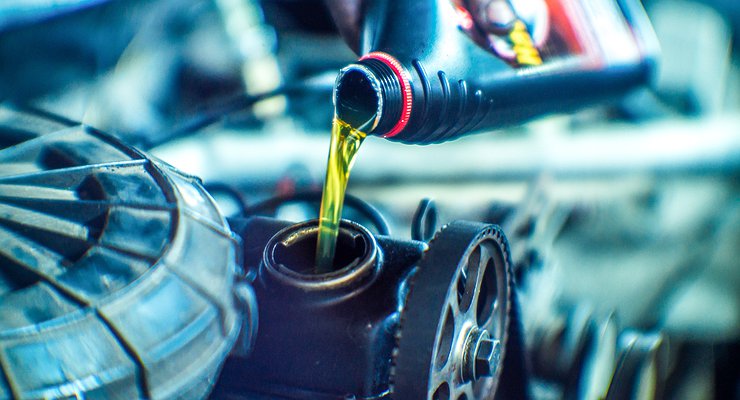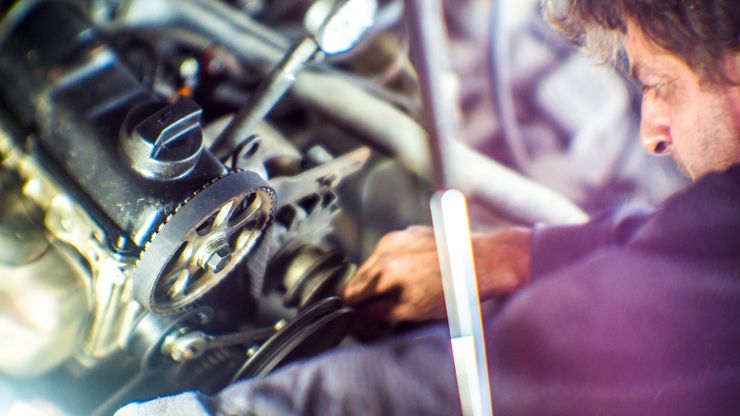Three months after the beginning of the Russian “separation” with the whole “cultural community” and the subsequent exodus of many venerable brands from the country, the domestic car market faced a lack of spare parts and consumables, learned to choose Chinese counterparts and discovered new suppliers. Although a slight optimism applies only to private service stations: official dealers are in limbo, as the warehouses of representative offices and distributors are empty, and new ‘brand’ parts are entangled in politics. However, both are experiencing major problems with motor oil: the brands familiar to many metropolitan workshops have disappeared, and their place was taken not by Russian counterparts, but by counterfeits.
The one-time exodus of Mobil, Shell, Castrol and others from Russia caused a natural uproar: warehouse stocks sold out quickly, prices on the shelves rose significantly. The cost of a five-liter jerrycan of “brand” oil reached 14,000 rubles in March! However, as not only the consumer calmed down, but also the exchange rate of the national currency, prices slowly but surely fell. It seems like you can breathe. But no, you can’t.
The fact is that the lion’s share of the offers of “imported” brands that you can buy today turn out to be a banal fake. It’s easy to check: the officials can pay for an examination, and the workshops are simpler – a banal viscosity test with a flask and a ball. Neither the first nor the second purchase goes through. For us is counterfeit. Fake. But the bus is perfectly made, just like “native”. And the holograms, font and application are exemplary. But behind a nice wrapper, a very mediocre product is hidden. A brief survey of professional members of the automotive community led to several solutions to the problem at once.














